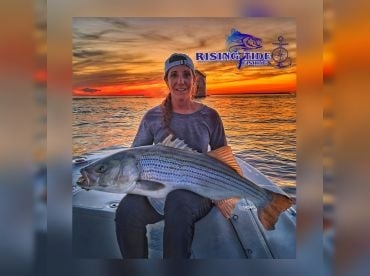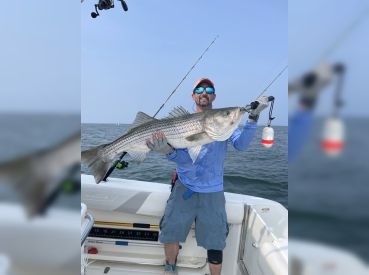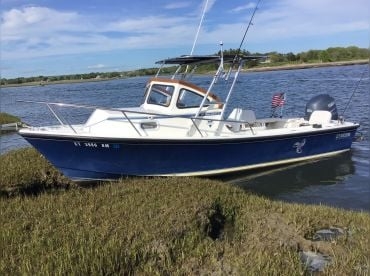If you've never cast a line in the Constitution State, it's time to change that. Connecticut has a lot to offer to passionate fishermen, even though it gets overshadowed by other fisheries surrounding it. Still, if you're up for a challenge and a good time, Connecticut fishing charters will help you out.
Both freshwater and saltwater action in CT is very good. The Rhode Island Sound is brimming with excellent fish, be it Striped Bass, Tautog, Bluefish, Flounder, or Black Seabass. These species are the most common catches here, though you can also hook into a variety of Sharks offshore, including Gummy, Thrasher, and Mako.
The other side of the coin is freshwater fishing, into which the state invests a lot of resources. This has resulted in some amazing watersheds stocked with Trout (Brown, Rainbow, Tiger, and Brook), Bass (Largemouth and Smallmouth), and Catfish. There are also rivers where you can find Kokanee and Atlantic Salmon, Northern Pike in lakes and ponds, and the list goes on.
So where do Connecticut fishing charters come in? Professional guides on the coast and inland organize a variety of trips for your convenience. You can go fishing anywhere from 3–9 hours, depending on your preferences. Some charters have specialized trips, whether it's for a specific fish or a time of day when the bite is at its best.
Wherever you go in Connecticut, if there's water around, chances are there's a fishing charter or two, too. The top destinations include Stamford, Old Lyme, Branford, and New London.
Rules & Regulations
Ok, you've booked a Connecticut fishing charter, but what about your fishing license? Don't worry, your guide will take care of the paperwork, and you just need to show up. If you're fishing on your own, triple-check the regulations on your chosen watershed, as well as creel limits.










